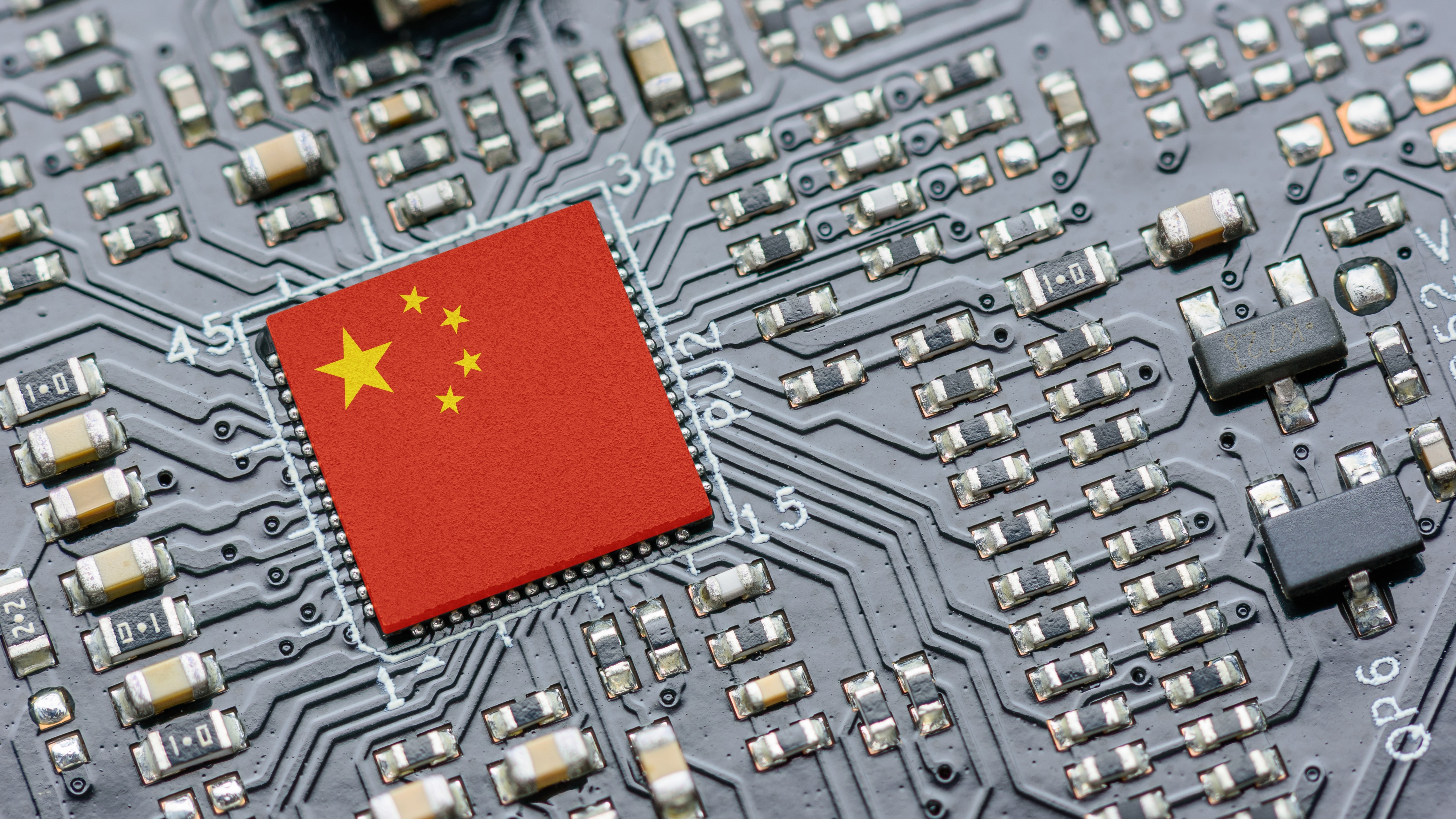
The US is actively blocking China from acquiring the latest technologies, with Washington stopping the export of advanced chips and chipmaking tools to the Asian power. Due to this technological blockade, DigiTimes Asia reported that Ye Tianchun, the President of the Integrated Circuit Branch of the China Semiconductor Industry Association (CSIA) and Secretary-General of the China Integrated Circuit Innovation Alliance (CICIA) is encouraging companies to focus on building innovations in mature nodes and back-end technologies. This focus should take precedence over trying to catch up with Western and Western-allied semiconductor companies like Intel, Nvidia, and TSMC.
Although China is working hard to develop homegrown chips, with Chinese CPU-maker Loongson releasing processors that match 10th-gen Intel chips in April, it is still at least five years behind the performance of current chips from AMD, Intel, and Qualcomm. The US is also blocking ASML from servicing its lithography systems in China, negatively affecting China’s top foundry, SMIC.
China-based Shanghai Micro Electronic Equipment Group (SMEE) already makes lithography tools, with another one, Naura Technology, looking to break into the industry as well. However, they are still far behind ASML’s capability to produce chips for the latest nodes. Unless China can find a way to overcome these challenges in three to five years, it risks falling behind in cutting-edge chips against its Western rivals.
Ye Tianchun believes that China could forge a new path towards technological superiority. Instead of following the top global chipmakers, like TSMC, into the nanometer race, he suggests that Chinese companies should instead focus on more mature nodes and architectural innovation.
After all, out of the 12 million 12-inch wafers that TSMC makes annually, almost 80% of those use older nodes instead of the cutting-edge designs on the latest SoCs. American sanctions have made China one of the leaders in mature-node chips; so, it makes sense for China to play to its core strengths and pivot towards producing high-quality legacy chips that most, if not all, electric and electronic equipment needs.
Tianchun also recommends focusing on architectural innovations and back-end processes. As Moore’s Law suggests that 3nm and 2nm chips are hitting current architectural limitations, companies like Arm and Samsung seek new advancements to maximize transistor density. Since Chinese semiconductor firms are still a few years away from this technology, he said that they should consider working on architecture innovations as early as 7nm. Chip designers should work with system packaging firms to deliver these innovations, allowing them to gain a comparative advantage in this field.
Many Chinese tech companies want to follow into the nanometer race that companies like Intel, AMD, Nvidia, and Qualcomm have long since dominated. However, China will have a difficult time catching up to these tech companies, especially as the US is blocking it every step of the way. So, instead of following them, Chinese tech companies should forge their own path and create innovations for technologies that the US and its allies are neglecting.







